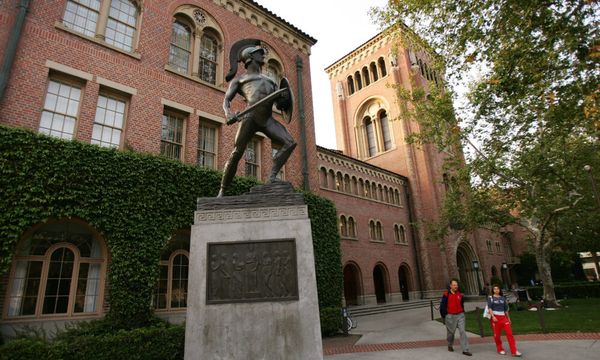Today’s consumers are so unfamiliar with the animals on their plates that they likely don’t even know that lobsters turn red only after being boiled or that cows have to give birth in order to produce milk. And they probably don’t realize that many crabs are still alive and able to feel pain when their claws are torn off. But that’s exactly what a new PETA investigation has revealed — and it’s just one reason to leave these smart, sensitive animals off the table.
PETA’s investigator went on board a boat with workers catching crabs for Florida’s largest seller of stone crab claws. The investigator’s video footage shows workers tearing one — and often both — claws off live crabs before tossing them back into the sea. This excruciatingly painful practice — which would otherwise violate Florida’s cruelty-to-animals law — is not unique to this particular company.
Surprisingly, the state’s regulations actually require that crabs be returned to the water after their claws are torn off, supposedly to allow the claws to regenerate, which is wishful thinking, according to animal behavior experts. Professor Robert Elwood says, “The idea (that crabs) will survive and regenerate the(ir) claws is pie in the sky.”
Not only does tearing off a crab’s claw cause immense suffering, many crabs maimed in this way also die as a result. One worker admitted that breaking off the claws in certain ways would cause the crabs to “bleed out and die.” And because they use their claws to feed and defend themselves, removing even one claw can lead many crabs to starve or fall victim to predators. Without one or both claws, crabs can’t open the shells of oysters and mussels, which are an important part of their diet.
The Florida Fish and Wildlife Conservation Commission, which regulates the state’s stone crab industry, “found a very high mortality rate associated with declawing.” It discovered that almost 41% of crabs died when one claw was torn off. When both claws were torn off, nearly 63% of crabs died. A study by the Everglades National Park Service found that more than three-quarters of stone crab deaths caused by this cruelty occurred within 24 hours of the mutilation.
PETA’s previous investigation into a crustacean slaughterhouse in Maine revealed that live lobsters there were torn apart and left to die slowly and in agony. Workers also shoved live crabs’ faces onto spikes to break off their top shells and pressed their exposed organs and flesh against stiff, spinning bristles to remove them. The crabs were then dropped into boiling water — all while they were still conscious.
Crabs adapt to changing cues in their environment and are capable of learning and remembering information. They often work together to gather food for their families, for mutual protection and to protect females as they release their eggs. According to the British Veterinary Association, there is a “decade of compelling scientific evidence” that crustaceans feel pain.
It’s time for a sea change. With “crabcakes” made out of jackfruit, “lobster” rolls made out of hearts of palm and many other delicious vegan options readily available, let’s start showing crabs, and all other animals, some respect — by leaving them in peace.







